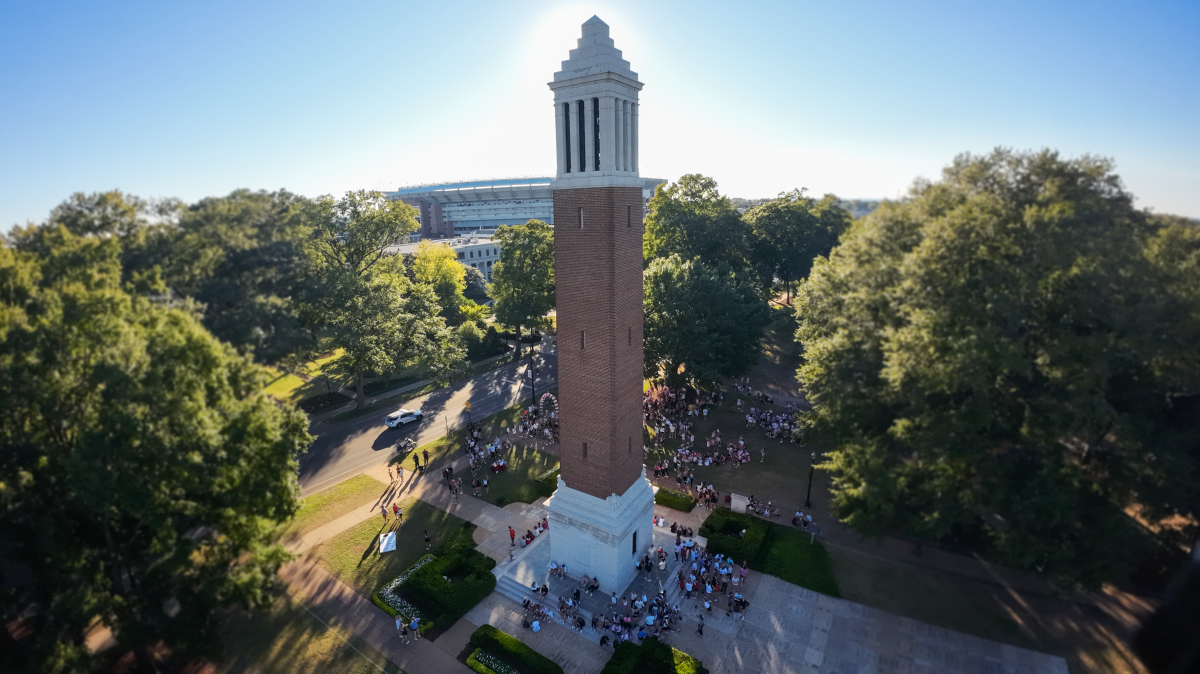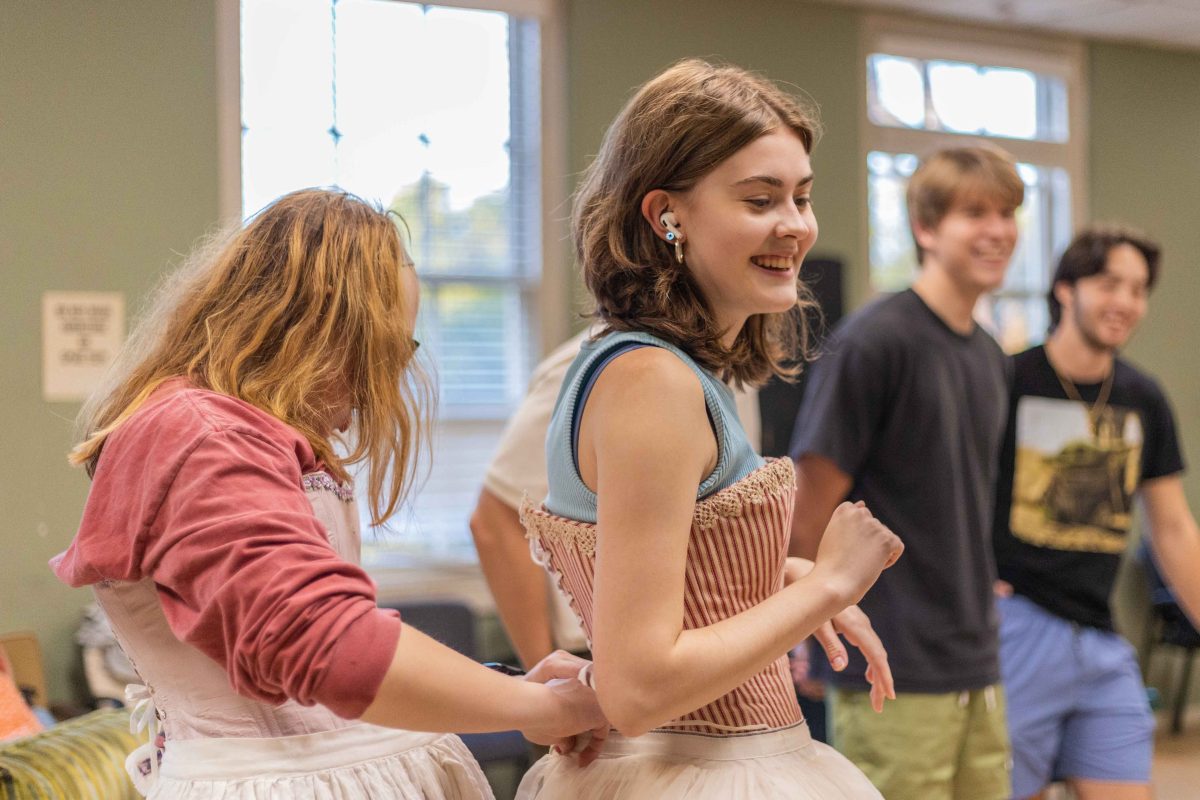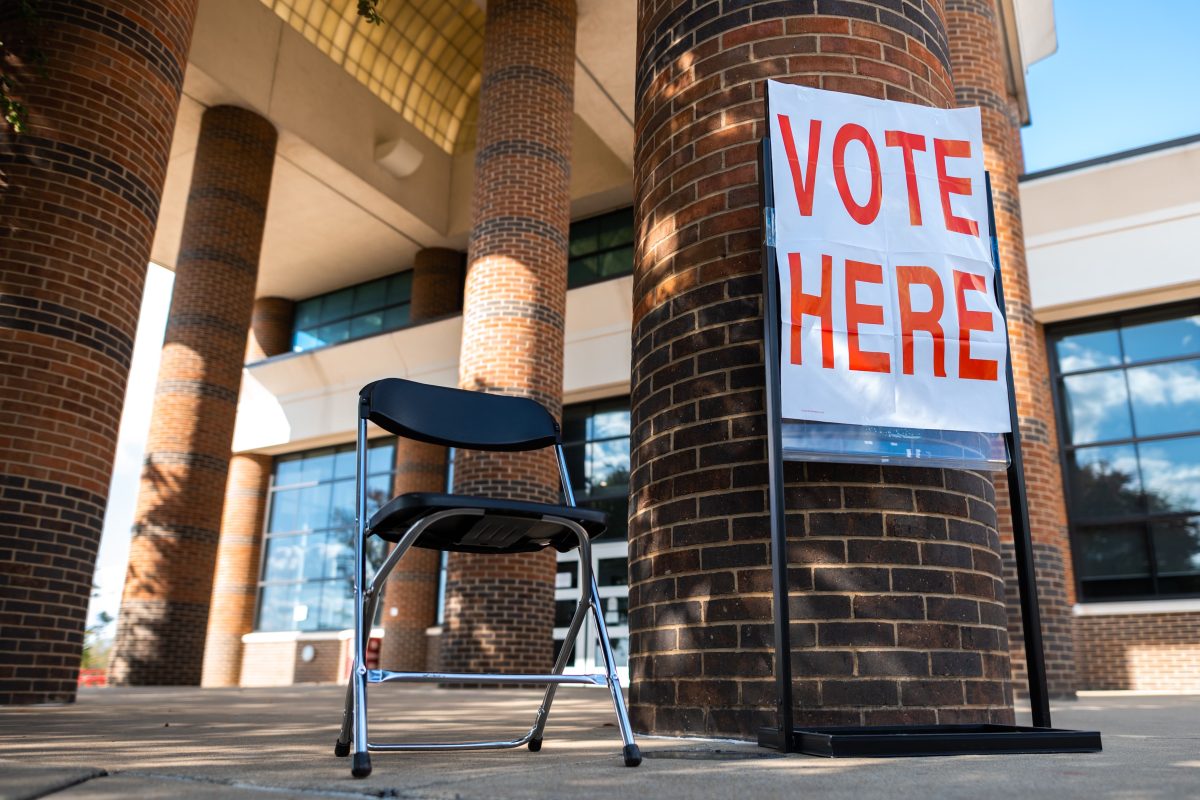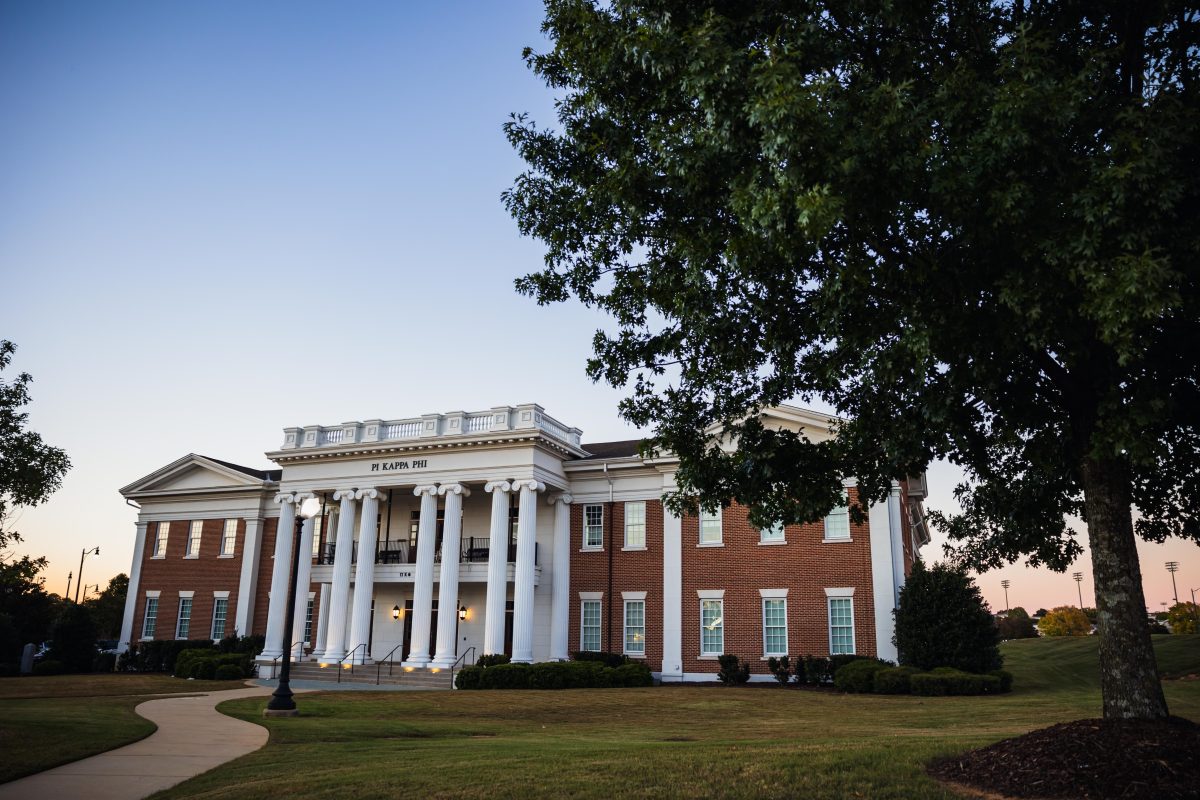In the Paul W. Bryant Museum on the University of Alabama campus, there sits a room with 32 rows of shelves that extend to the ceiling, containing athletic footage that dates back to the 1920s.
Five years ago, the University decided it would start exploring ways to convert all of the old footage into a digital format.
The switch includes the more than 100,000 photos UA athletics has amassed over the years.
Ken Gaddy, director of the Bryant Museum, said as technology changes and advances, the museum must do the same.
Although the desired outcome is clear, the way to get there still to be determined.
“I guess you could say we are in the learning process and figuring out what can be done and what should be done,” Gaddy said.
Another unknown variable is the amount of money it would take to convert decades worth of footage.
“People always ask how much it is going to cost, but we really don’t have a good handle on that yet,” Gaddy said. “But I do know that it is going to require a major amount of money and a tremendous amount of time to transfer this stuff into the digital age.”
Gaddy predicts that switch could take 10 to 20 years.
This project will require a commitment from the University to see this process through to the end, he said.
Reginald Reed, a student at UA, said he believes UA will invest the necessary funds into the project.
“I think the University will invest in digitizing the old footage so that it will be protected in the case that something happens and destroys the film,” Reed said. “If all the footage is digitized, it could outlive the University.”
Gaddy and his colleagues at the museum have consulted with personnel at NASCAR who have experience with effectively converting, preserving and accessing all of the footage. Gaddy said preserving and accessing the footage will be the biggest challenge.
“We have to go from old formats to modern formats but still preserve it and still be able to deliver it to those who request the footage,” Gaddy said. “Preservation and access are the two major components, and they are always competing with each other. Sometimes when you access it, you’re not really preserving it because of wear and tear and those sorts of things.”
David Mize, audiovisual specialist at Bryant Museum, said the plan is to save the footage in standard definition, and if someone wants footage in high definition, they would have to do that using their own resources.
“The whole HD world would just complicate things even further,” Mize said.
Gaddy and Mize also acknowledged database management as being a key issue, as well. It would require a lot of hard drive space in order to house so much footage.
“We don’t even have enough hard drive to cover 15 percent of the most important stuff,” Mize said.
However, despite the problems that still need to be figured out, Gaddy said he wants UA to be among the first universities to achieve this goal.
“We want to be the leader in digital format,” he said. “We want to do it the right way the first time.”








